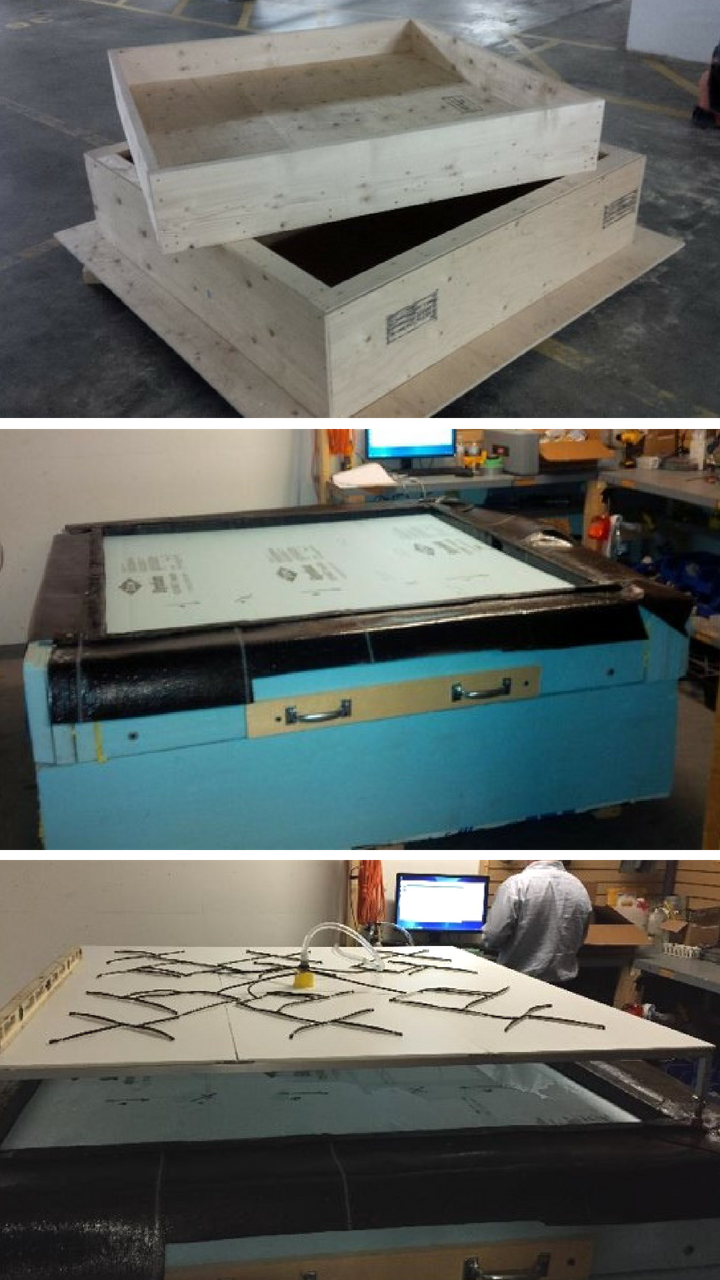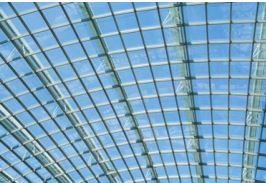Energy use in buildings throughout North America has attracted significant attention over the past decade. In cold marine climates, rainwater management is also a critical aspect of the building enclosure and energy performance. Various drainage practices used for low slope inverted roofing are often designed without quantified data available regarding the cold rain affects on the thermal performance of the systems.
CCBST 2017: NBC 2015 Subsection 5.9.3 Other Fenestration Assemblies - The Intent Behind the New Code Provisions
In Canada, the design, construction and installation of glazing systems has been partially regulated through standards and building Codes for decades.
CCBST 2017: A Compartmentalization & Ventilation System Retrofit Strategy for High-Rise Residential Buildings in Cold Climates
This research proposes an alternative rehabilitation strategy for aging high-rise multi-unit residential buildings (MURBs) involving suite compartmentalization and decentralizing the ventilation system.
CCBST 2017: Insulated Metal Panels - Design and Construction Challenges
Exterior insulated assemblies are growing in popularity due to changing code requirements with regards to thermal resistance for opaque wall assemblies.
CCBST 2017: A Case History Review of ETFE on Today's Current Projects
ETFE, the fluorocarbon-based polymer ethylene tetrafluoroethylene, is quickly gaining popularity in North America with it’s use on some of the continent’s most prominent projects. ETFE was developed for architectural purposes in the 1970s, and since that time, mainstream use of ETFE in construction projects has been largely limited to Europe.
CCBST 2017: Design Limits for Framed Wall Assemblies Dependent on Material Choices for Sheathing Membranes and Exterior Insulation
There are many opinions in industry with regard to appropriate material choices for sheathing membranes and exterior insulation of framed wall assemblies. Opinions vary on what is sensible for the vapour permance of materials outboard of the framing so that not only will wetting and drying will be in harmony, but other interests such as costs, wall thickness, and energy efficiency targets can be met.
CCBST 2017: Fenestration Systems - It's All About the Plumbing!
A few years ago the Toronto office of our engineering firm experienced what we termed “the year of the crappy curtain wall”. In actuality it was more like eighteen months, and during that period we investigated persistent water penetration in several low- to mid-rise commercial office buildings ranging in age from 5 to 20 years old.
CCBST 2017: Quantifying the Benefit of Venting Glazed Spandrels to Reduce Glass Breakage and Control Moisture
While venting glazed spandrels is cited to be a benefit to control heat buildup, several instances of spontaneous glass breakage in spandrel insulated glazing units, attributed to thermal stress, have been reported in vented spandrel cavities used with an opacifier on the inside glass surface.
CCBST 2017: Lessons Learned from Lab Testing Failures
Curtain walls and window walls are typically specified to meet a variety of different performance and testing criteria, some of which can be quite stringent.
A Case History Review of ETFE on Today's Current Projects
ETFE, the fluorocarbon-based polymer ethylene tetrafluoroethylene, is quickly gaining popularity in North America and being used on some of the continent’s most prominent projects. ETFE was developed for architectural purposes in the 1970s, and since that time, mainstream use of ETFE in construction projects has been largely limited to Europe.










